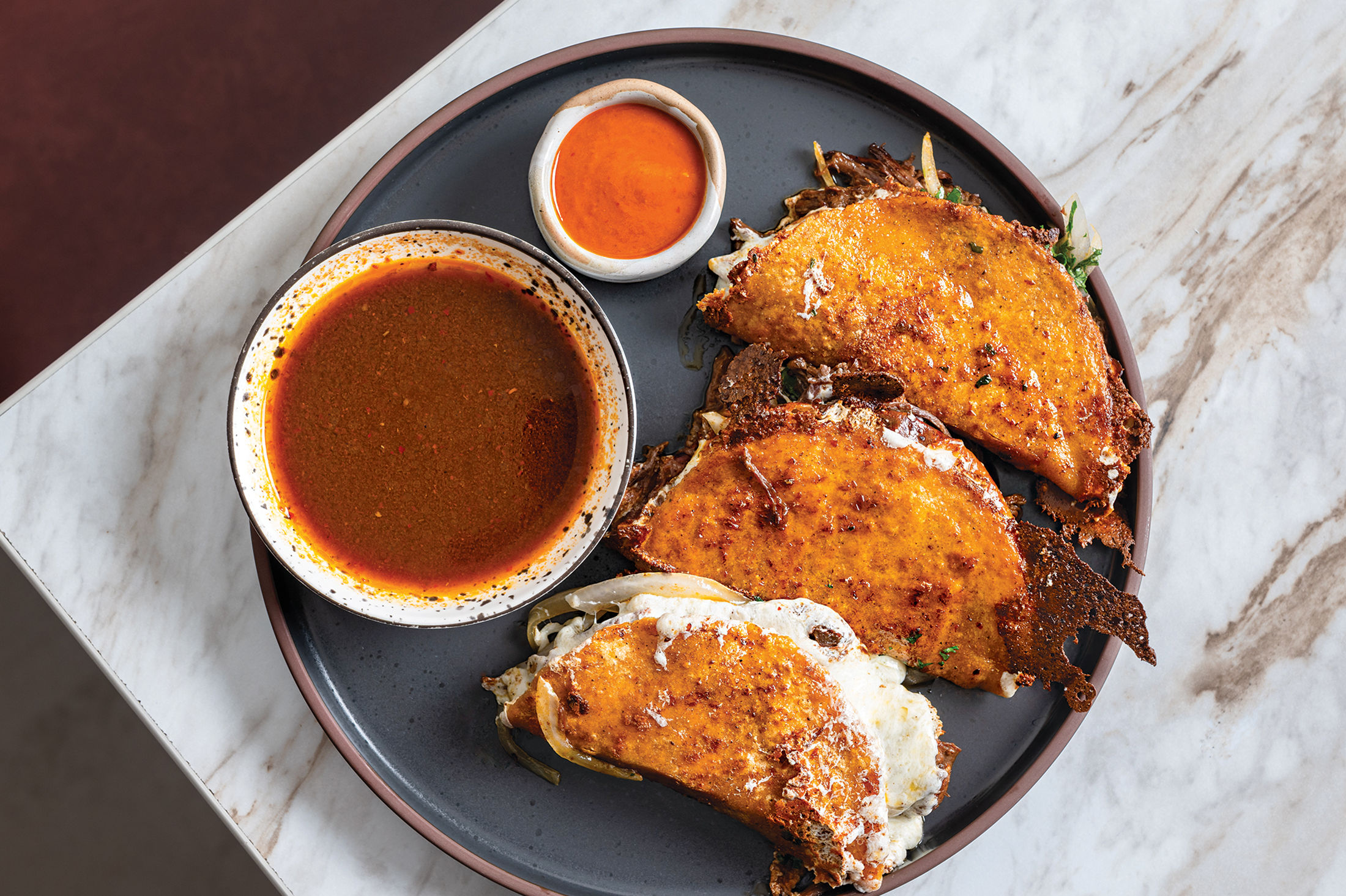Ramen Rant
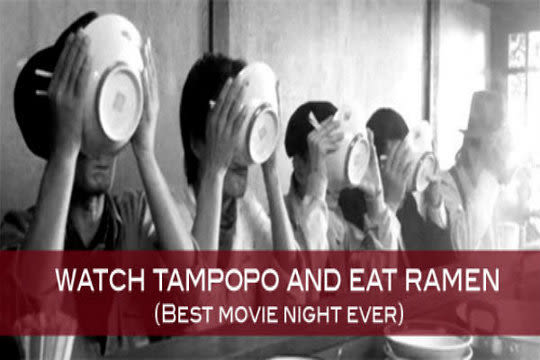
Hope you enjoy the Ramenarama story and Houston Tampopo tour in this month’s Houstonia.
Ramen has long been an obsession of mine. It all started when I saw Tampopo, the Japanese “ramen Western” (a spoof on “spaghetti Western”) on the big screen in my then-hometown of San Francisco when it debuted in 1985.
Goro & Gun, the downtown Houston bar, is named after the movie's heros, two truck drivers who take a struggling ramen shop owner named Tampopo on an educational tour of Japanese ramen shops. Ramen was an everyday food in the Japan of the 1980s, which made Goro, a truck driver, a very believable critic. Ramen has become a Japanese foodie obsession since then, and dedicated ramen critics and bloggers there now follow the ramen scene closely.
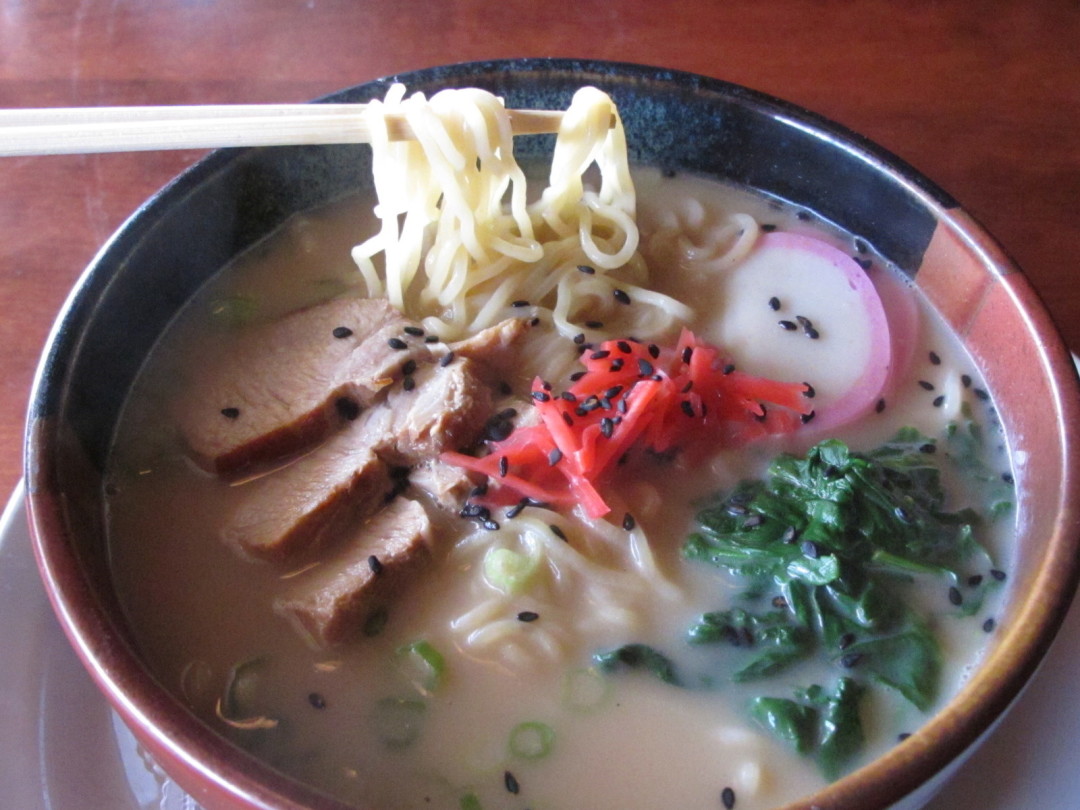
Ramen at Kubo's in Rice Village
When I started writing about food in the Austin Chronicle in the early 1990s, my first long article was about a tour of Austin noodle shops. That’s when I first encountered Vietnamese noodle bowls—which I thought of as the Texas equivalent of ramen. Of course, back then, a bowl of noodles was just a bowl of noodles—ramen hadn't taken on its culinary gravitas yet.
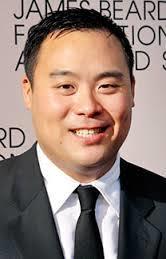
My friend Ed Levine introduced me to David Chang, the guy who turned ramen into a hipster dish, on a visit to New York in 2004. I sat at the counter at Momofuku Noodle Bar and ate a bowl of Chang’s game-changing ramen shortly after the place opened. It was not like any bowl of noodles I’d had before. The pork was amazing, the noodles were springy, and the broth was intense. Momofuku launched the new wave of American ramen shops.
David Chang, who grew up Korean-American in Virginia, made an awesome contribution to the American dining scene, but he gets uncomfortable when foodies start kowtowing. Chang has a great sense of humor. He chose the name Momofuku both because it sounds ghetto and because Momofuku Ando is the name of the man who gave the world instant ramen noodles. (The fact that momo fuku also means "lucky peach" is an explanation that came along later.)
Of course, the West Coast ramen scene was going strong long before David Chang came along. I got a chance to eat L.A. ramen on a visit there in 2009. We were staying at the Grand Kyoto Hotel. It was way past 10 p.m. when we arrived, and I was starving. Most of the restaurants in the neighborhood were closed. But the ramen shops on 1st Street in L.A.’s Little Tokyo neighborhood, right around the corner, were open until midnight or later. And getting a bowl of late-night ramen was a very hipster thing to do.
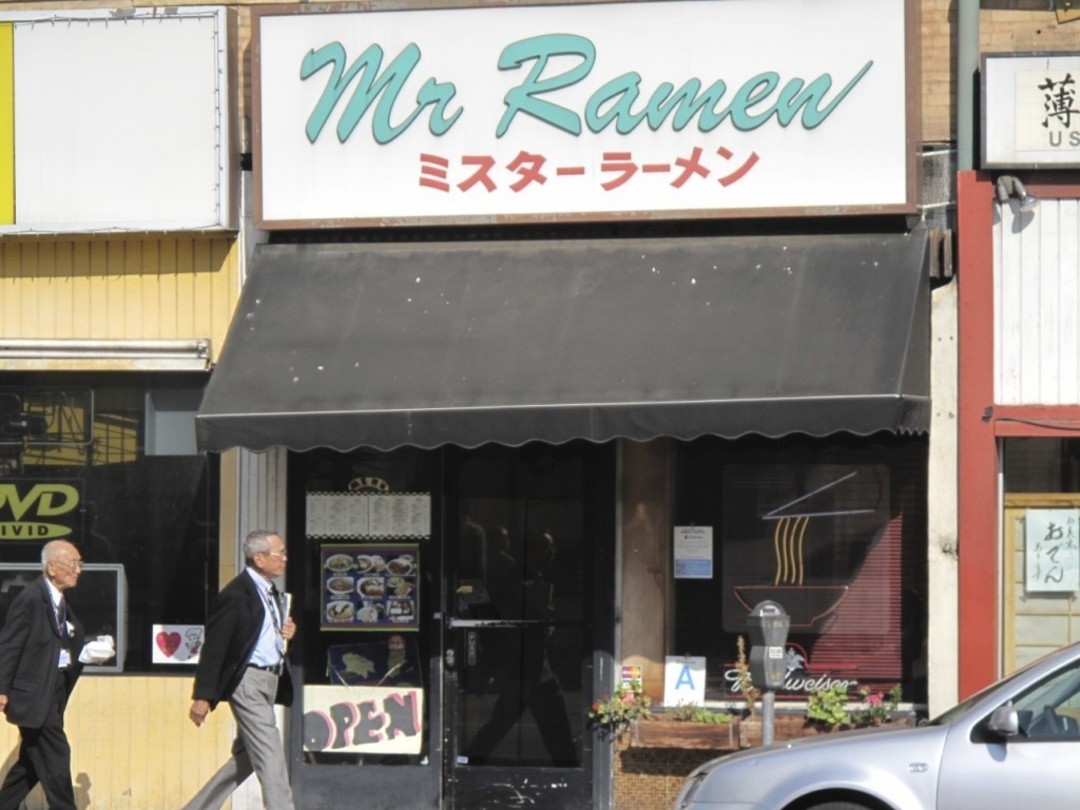
If fact, at 11 p.m., there was a line in front of the revered Dainkokuya Ramen. Most of the other famous ramen stands had quite a few people ahead of me on the waiting list too. I was way too hungry to wait, so I settled for the quieter scene at Mr. Ramen, where I ordered the chashu pork ramen. The fresh noodles were excellent.
Some people have turned eating a bowl of ramen into a religious ritual. And others have turned it into a game, as I discovered a few nights later at a ramen shop called Orochon Ramen. Orochon is known for spicy noodles. I ordered the red chile paste noodles on the regular menu and loved them.
But Orochon Ramen is most famous for its challenge — order the #2, the spiciest bowl of noodles in L.A., eat it in under 30 minutes, and you get your picture on the “Wall of Bravery.” While I was there, a Vietnamese-American guy from Houston was struggling through the ridiculously hot bowl of soup. He didn’t look like he was having much fun. Adam Richman visited Orochon Ramen on Man vs. Food.
Houston isn’t really a ramen city for a lot of reasons. We don’t have a very large Japanese community. The Chinese invented noodles, and as you might imagine, there are some spectacular Chinese noodle joints in Houston's Chinatown. The Vietnamese and Vietnamese-Americans who make up the largest part of our Asian population have their own noodle bowls, and they are very passionate about them as well. Thanks to the Vietnamese influence, Houstonians have come to take their pho very seriously, and the popularity of bun bo Hue among non-Asians has skyrocketed lately too.
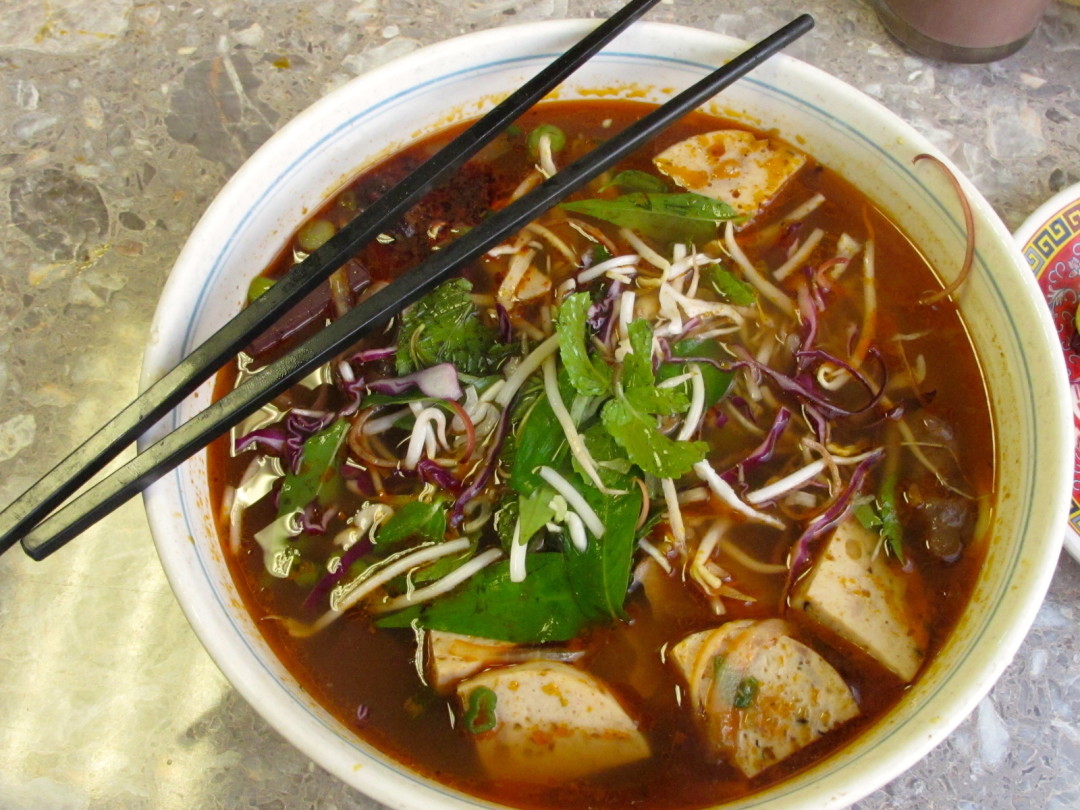
Bun bo hue at Duc Chuong Midnite
Starting this month, Gastronaut will explore the Houston noodle scene in the “Soup of the Day” column. Let us know if there any noodle shops you think we need to know about.
